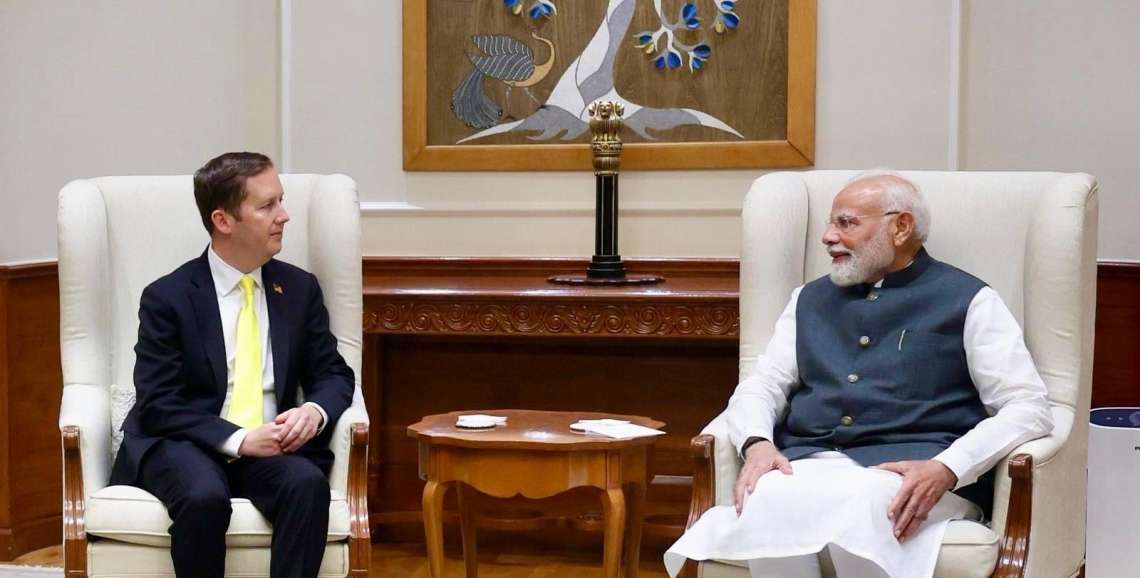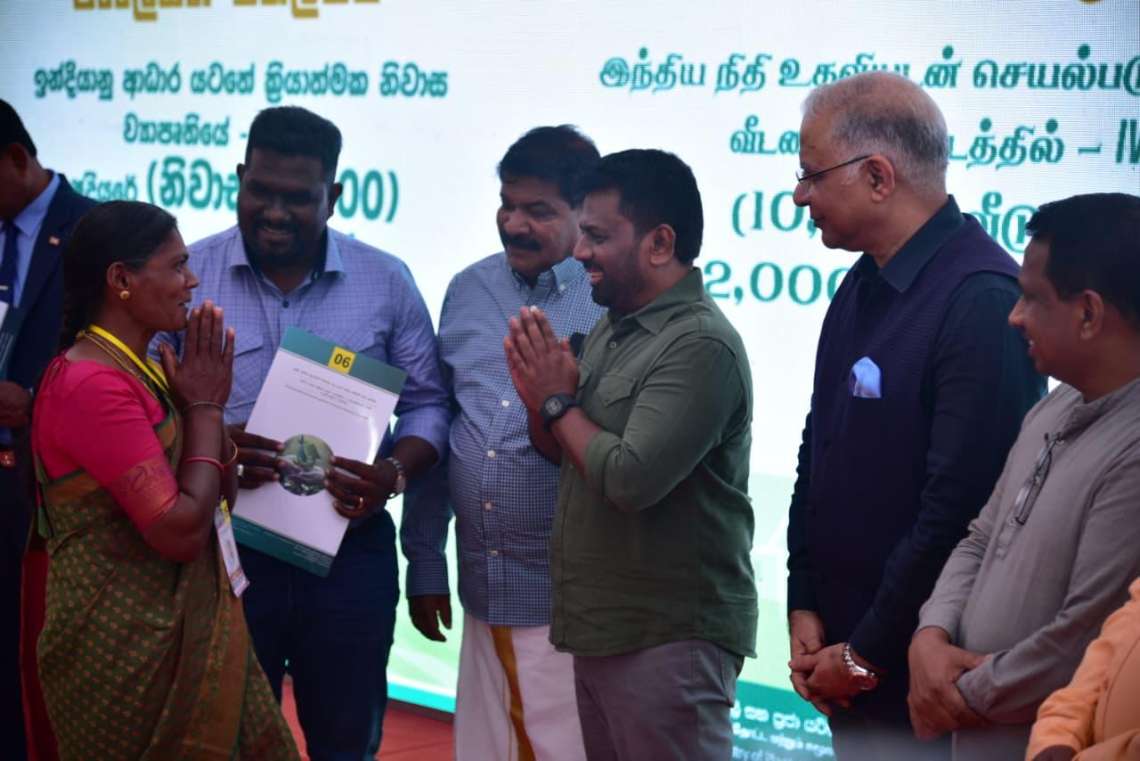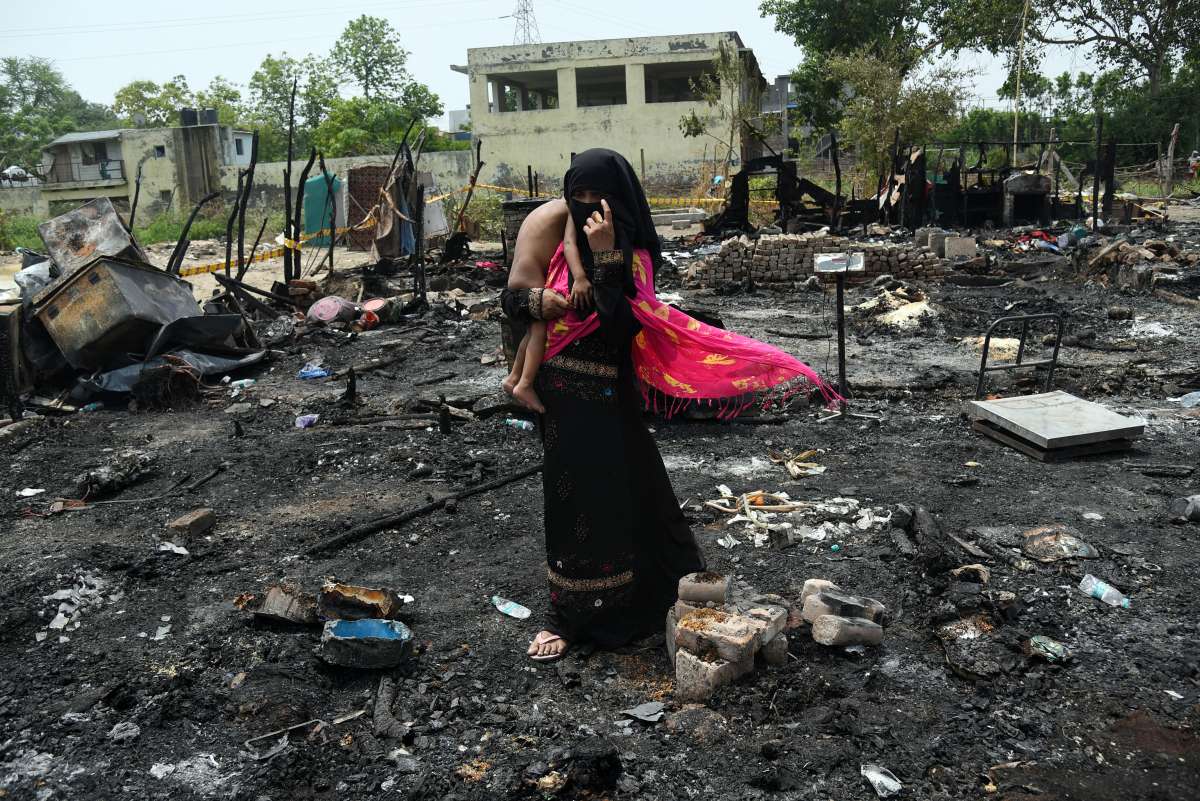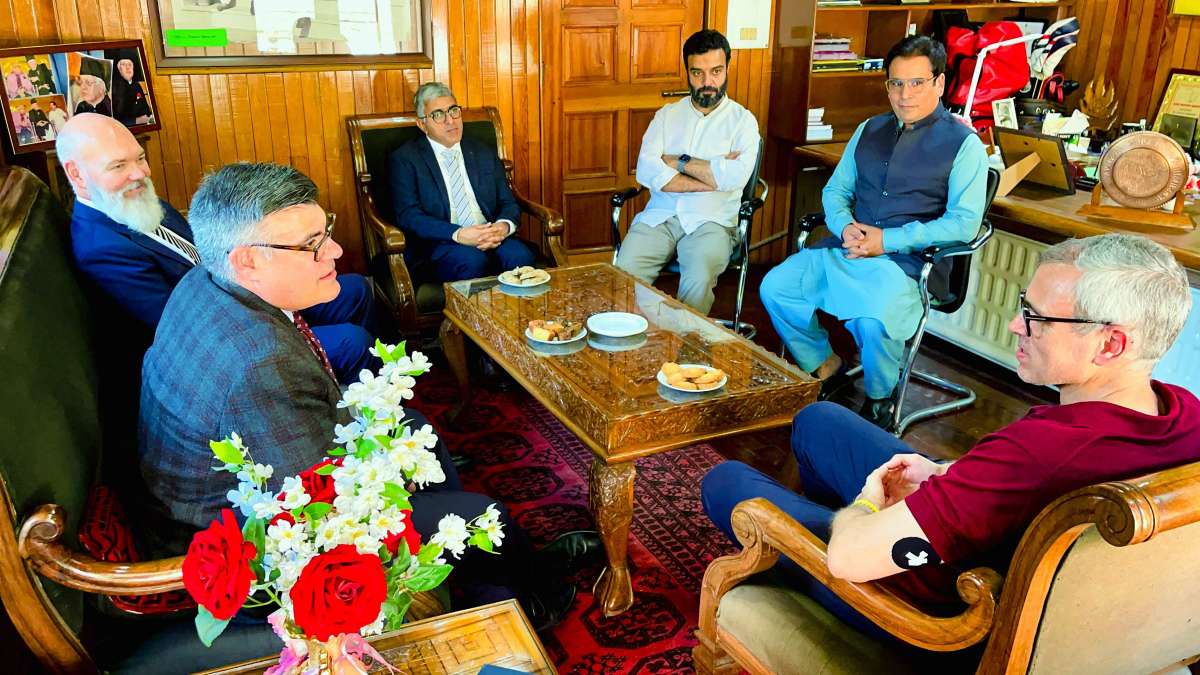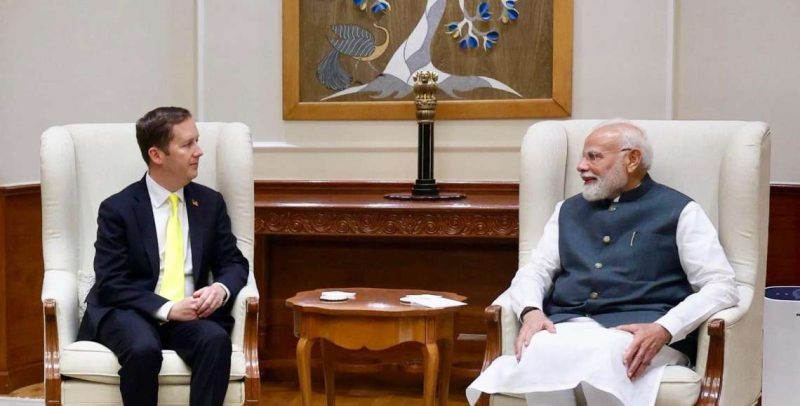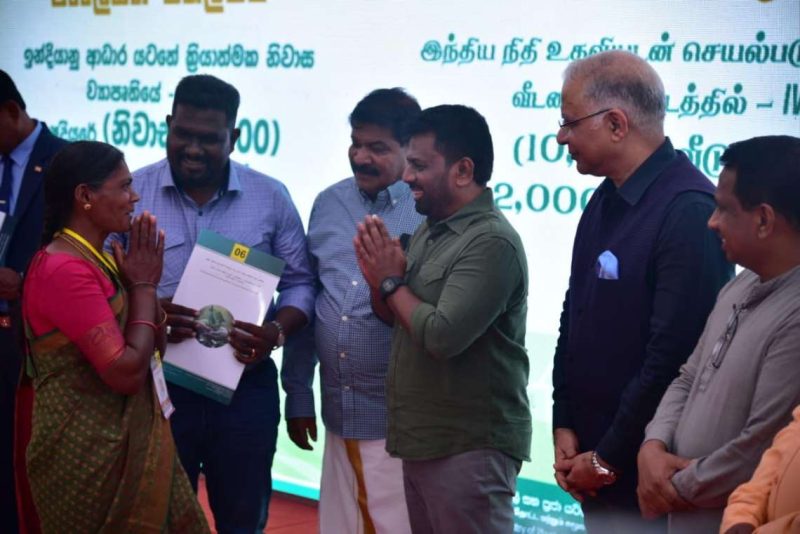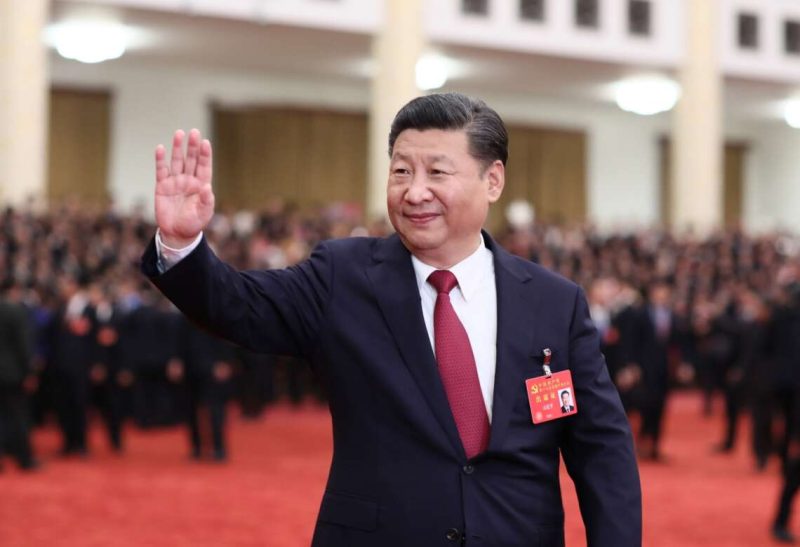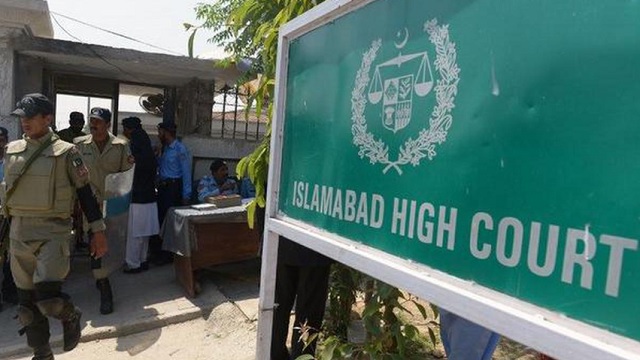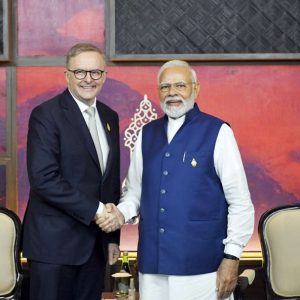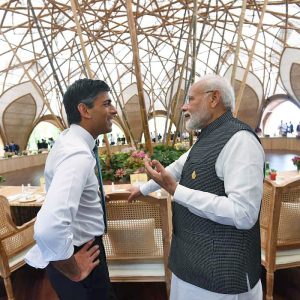India’s army may shrink and Pakistan’s defence spending is decreasing, but the two countries remain at odds. What will the future of their warfare look like?… Ajay Darshan Behera writes
The decades-long rivalry between Pakistan and India refuses to wane, even in the shadow of nuclear escalation. The eternal threat of conflict between the two nations has prompted each to increasingly stretch beyond capacity.
In India’s case, this meant a defence budget balloon. For Pakistan, empowering militants as part of its hybrid warfare strategy has resulted in internal destabilisation. At the same time, due to economic constraints, India is now exploring downsizing its military forces, and Pakistan has seen a steady decline in its defence spending.
With one of the world’s largest standing armies, India is shifting from a manpower-heavy military to a technology-driven force. The Indian Army plans to reduce its strength by about 100,000 troops over the next few years.
A key initiative in this strategy is the Agnipath scheme where young people aged 17 to 21 are recruited on four-year contracts. The top 25 percent are retained after the period, while the rest receive a lump-sum payment. This aims to maintain a younger, fitter frontline force while reducing long-term pension liabilities.
Despite these efforts to reduce personnel, India’s defence budget has steadily increased over the last decade, reaching $75 billion in 2024, ten times Pakistan’s $7.59 billion.
In contrast, Pakistan, burdened by $124 billion in foreign debt, has seen its defence spending steadily decline. Despite a 17.6 percent increase over the 2023 budget, Pakistan’s defence budget remains at 1.7 percent of GDP as of 2024.
Digital conflict
Another crucial aspect of this non-conventional warfare is the development of significant cyber capabilities by India and Pakistan to disrupt each other’s military and civilian infrastructure.
Propaganda and misinformation campaigns have also become critical elements in this digital conflict. Both countries actively use media and online platforms to shape public opinion, disseminate disinformation, and craft narratives that align with their strategic goals.
The historical rivalry between the two states, characterised by territorial disputes and three major wars (1947, 1965 and 1971), shapes their security strategies. While they continue to perceive each other as primary security threats, the regional security environment presents additional challenges.
Given the increasing hostility with China, India is preparing for a potential two-front war against China and Pakistan.
Meanwhile, Pakistan’s internal security challenges have grown due to increasing attacks by Baloch nationalists and the Tehrik-i-Taliban Pakistan, backed by the Taliban regime in Afghanistan.
While hybrid warfare and the “privatisation of war” are relatively new concepts for many countries, they have deep historical roots in the India-Pakistan conflict.

Hybrid warfare
Pakistan’s strategy of using tribal militias backed by regular troops to seize Kashmir (1947-48) was an early form of hybrid warfare, encouraging Pakistan to rely on irregular forces in subsequent conflicts.
This trend continued in 1965, when thousands of Razakar and Mujahid militias were infiltrated into Jammu & Kashmir to incite an armed uprising.
During the 1971 crisis in East Pakistan (now Bangladesh), Pakistan again turned to non-state actors, deploying the Al-Shams and Al-Badr militias — comprising civilian non-Bengalis — to suppress the Bengali Muslim population, highlighting its readiness to use private militias even in internal conflicts.
Even after joining the War on Terror in 2001, Pakistan continued to support the Taliban, aiding its resurgence in Afghanistan through its military intelligence agencies.
Similarly, Pakistan initially backed the Jammu & Kashmir Liberation Front but later replaced it with the pro-Pakistan Hizbul Mujahideen. Over time, Pakistan introduced more radical militant Islamic groups, such as Harkat-ul-Mujahideen, Lashkar-e-Taiba, and Jaish-e-Mohammad, using their citizens to prosecute a covert war against India.
The Pakistani military’s support for these groups, including the creation and backing of the Taliban, was part of a broader strategy to achieve its geopolitical objectives in the region while maintaining plausible deniability.
Unstable deterrence
The nuclearisation of South Asia has further complicated this dynamic. When India and Pakistan became declared nuclear weapons powers in 1998, nuclear deterrence did not lower the risks of conventional war.
This deterrence has been unstable, primarily due to Pakistan’s continued reliance on non-conventional approaches. India’s nuclear posture of “no-first-use” and “massive retaliation” against a nuclear attack has not assured deterrence against Pakistan’s sub-conventional war.
The deliberate ambiguity surrounding Pakistan’s nuclear threshold effectively deters India from any aggressive responses to cross-border terrorism.
In response, India developed the “Cold Start” doctrine, designed for swift, limited conventional offensives and short-notice retaliatory strikes. By focusing on quick, limited operations, India hopes to deny Pakistan a pretext for escalating the conflict to the nuclear level.
However, Pakistan countered this strategy by introducing tactical nuclear weapons to prevent India from conducting limited conventional wars. It believes that its nuclear doctrine, “Full Spectrum Deterrence”, unveiled in 2013, further reinforces its deterrence capabilities across all levels of conflict.
The threat of nuclear escalation, even at a tactical level, could compel India to maintain a measured response in any potential conflict, making Pakistan’s TNWs a critical deterrent through credible signalling rather than actual battlefield use.
India’s 2016 surgical strikes following the Uri attack and the 2019 Balakot airstrikes challenged Pakistan’s nuclear deterrence posture. While Pakistan downplayed these actions to maintain its deterrence credibility, they exposed the gaps in its “Full Spectrum Deterrence.”
The problem with militias
Pakistan’s hybrid warfare strategy has had significant internal consequences. By empowering militant groups in the prosecution of its wars, Pakistan has destabilised itself, creating forces that now challenge the state.
This cycle of violence perpetuates the military’s role as a protector, underpinned by a narrative of external threats. While formal wars may be rare in this nuclearised context, the continued use of private militias ensures ongoing conflicts both within and outside Pakistan.
The complex interplay of conventional and non-conventional strategies in a nuclear environment makes the India-Pakistan relationship distinct and inherently volatile.
Both countries continue to navigate a delicate balance, maintaining credible deterrence while seeking to avoid full-scale war.
This dynamic, characterised by Pakistan’s proxy war and the constant threat of nuclear escalation, sets South Asia apart from other regions in its security challenges.
Ajay Darshan Behera is a Professor at the Academy of International Studies, Jamia Millia Islamia University, New Delhi.
Originally published under Creative Commons by 360info™
ALSO READ: UN slams Pakistan on enforced disappearances



